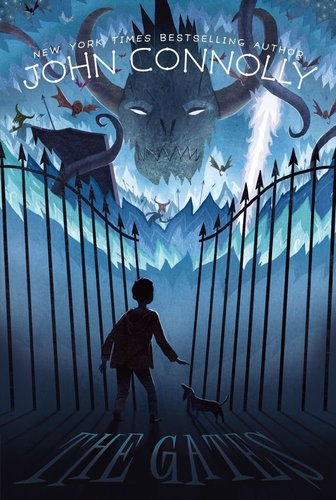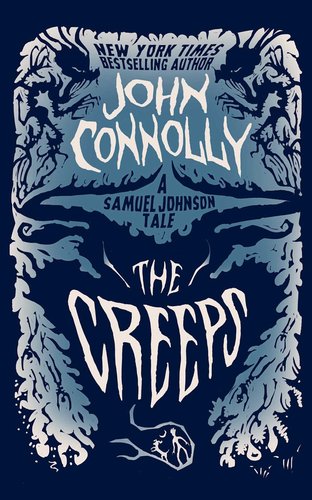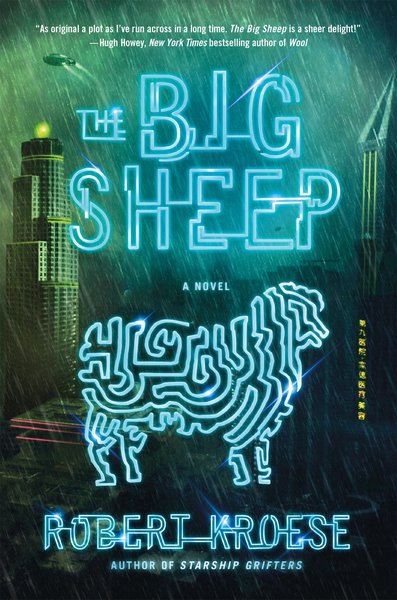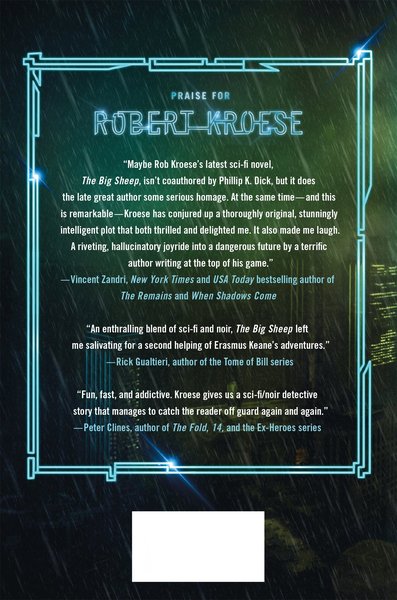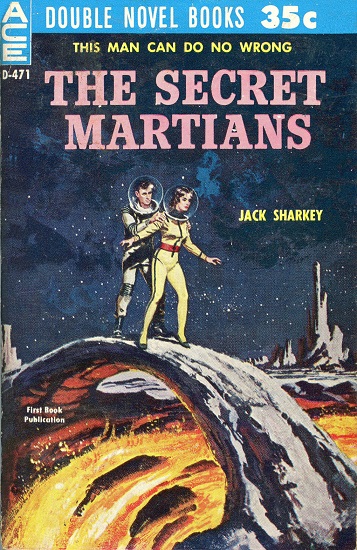Future Treasures: The Unnaturalists by Tiffany Trent
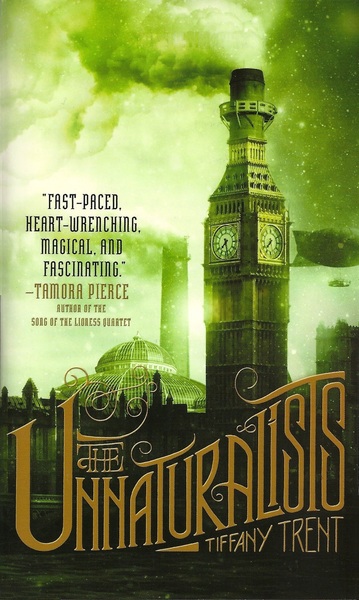 |
 |
Tiffany Trent is the author of the six-volume Hallowmere historical fantasy series, published in paperback by Mirrorstone. But my first exposure to her was in 2012, when I attended a superb reading series hosted by Wiscon in Madison. Here’s what I said in my convention report.
The first reading of the con for me was The Sisterhood of the Traveling Corset, featuring Tiffany Trent, Franny Billingsley, Ellen Kushner and Caroline Stevermer… my favorite tale from The Sisterhood of the Traveling Corset was Tiffany Trent’s The Unnaturalists.
Set in an alternate London where magical creatures are preserved in museums, The Unnaturalists follows plucky young Vespa Nyx, who is happily cataloging unnatural creatures in her father’s museum until she becomes involved in Syrus Reed’s attempts to free his Tinker family, who have been captured to be refinery slaves. Funny, fast-paced, and packed with lively characters, Tiffany Trent’s novel captured my attention immediately.
The Unnaturalists was a success, and it spawned a sequel, The Tinker King, published in hardcover in February 2014. The Unnaturalists was published in hardcover by Simon & Schuster on August 14, 2012, and in trade paperback on August 13, 2013. It will be reprinted in mass market paperback by Saga Press on June 28, 2016, to be followed by the mass market edition of The Tinker King, on July 26. The Unnaturalists is 311 pages, priced at $7.99. The cover is by Aaron Goodman.





